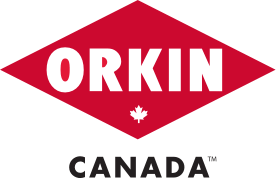Identification
- Colour Dark brown or black
- Size From 17 mm to 22 mm long
- Description Have short beaks, protruding heads, and leathery wings.
How to identify Masked hunters
The nymphs of masked hunters are covered with a sticky substance that collects dust and debris which masks them and makes them difficult to spot, hence the name masked hunter. They have short beaks, protruding heads, and leathery wings. Typically, adult masked hunters are dark brown or black in colour and range from 17 to 22 mm in length.
Signs of an infestation
Their ability to camouflage makes these creatures difficult to spot. The best places to check for masked hunters are in crawlspaces, under heat registers, in cabinets, and other places where there might be large numbers of insects.
Masked hunters Removal
The most effective way of dealing with unwanted masked hunters in homes is to call a pest control agency or pest prevention specialist.
How to prevent Masked hunters from invading
Installing screens on doors and windows limits masked hunters’ access to buildings. Effectively controlling bed bug and carpet beetle infestations eliminates the pest’s food supply. Additionally, vacuuming regularly, keeping tight lids on trash bins, and cleaning up spills helps keep populations at bay.
Habitat, Diet, and Life Cycle
Habitat
These pests are outdoor insects, prefer dry locations, and are usually spotted in barns and sheds. If they make their way into homes, masked hunters frequent attics and crawlspaces where they can easily camouflage themselves and hunt for food.
Diet
Bed bugs and carpet beetles are masked hunters’ primary food sources, though they will also feed on other insects and mites. Their masking abilities allow them to ambush their prey, using their unique mouthparts to suck out their victims’ body fluids.
Life Cycle
Masked hunters generally produce one generation per year, depositing eggs individually or in a cluster. Nymphs resemble adults as they are also covered in microscopic hair, though they lack wings.
Commonly Asked Questions
Why do I have masked hunters?
Masked hunters prefer dry locations like barns and sheds. If they make their way into homes, they like to hunt for food in attics, crawl spaces, under heat registers, and in cabinets.
They eat bed bugs, carpet beetles, and other insects and mites, ambushing their prey, using their unique mouthparts to suck out their victims’ body fluids.
How worried should I be about masked hunters?
Masked hunters feed on other pest insects, so can be a sign of a bigger infestation. Bed bugs are irritating blood suckers, while carpet beetles can ruin clothing and cause skin irritation. To see what’s really happening in your home, it’s best to contact a professional pest control service as they can inflict a painful bite if mishandled.
Other pests related to Masked hunters
100% Satisfaction or Money Back Guarantee
Resolving your pest problem is our #1 priority. If re-treatment is required, we'll provide immediate services at no extra cost. If your expectations are not met, we guarantee a full refund of your service payment.
Remove pests from your home, and stop them from coming back
We work hard to listen, understand and assess your unique situation. Request a free, no-obligation estimate today for a customized pest program that fits your needs.
Request a Free Home EstimateRequest a Free Business Consultation

